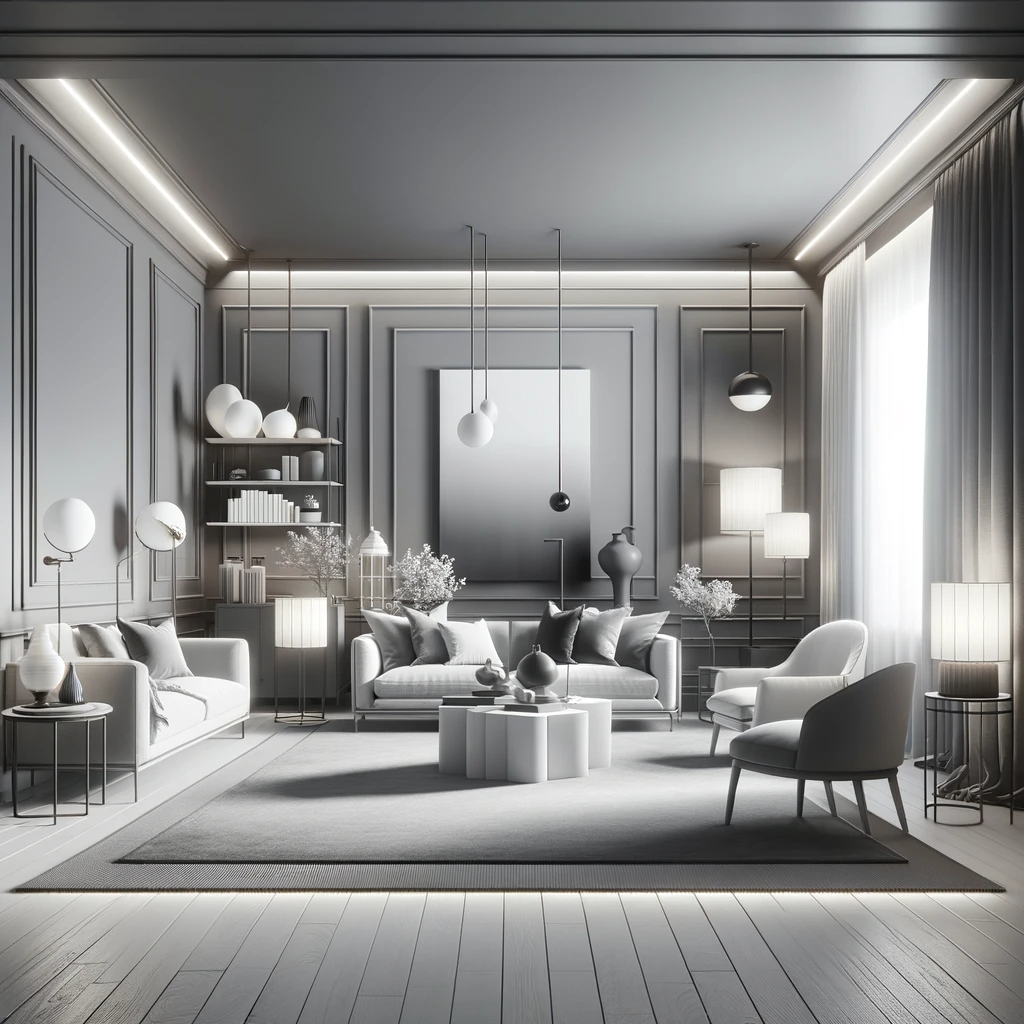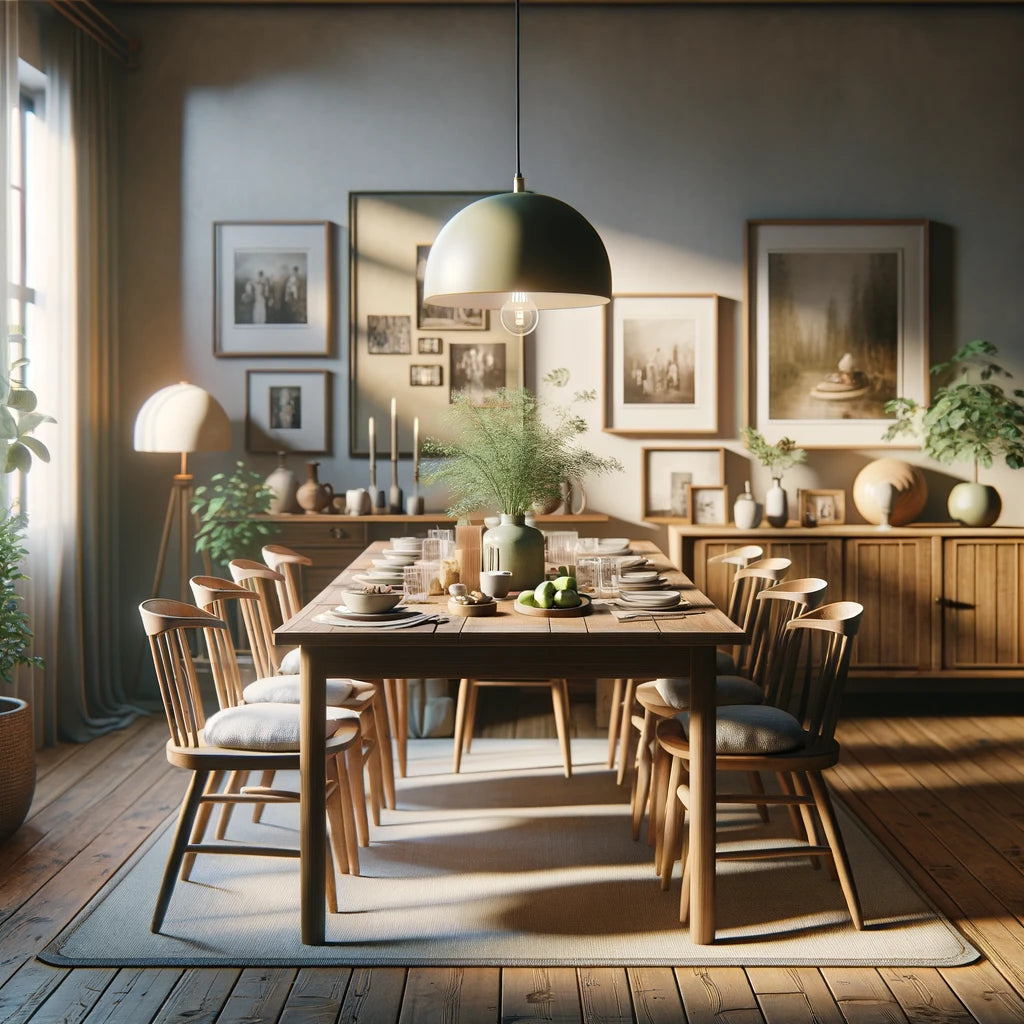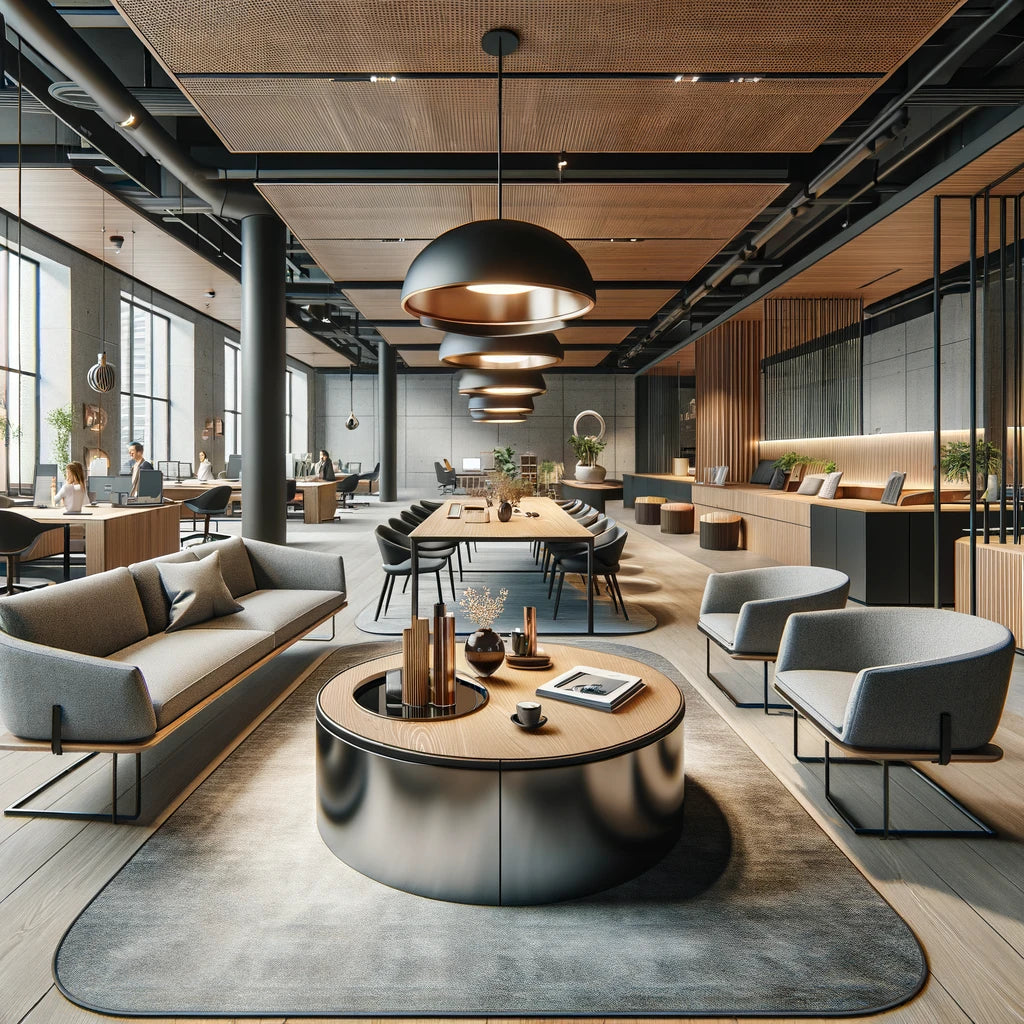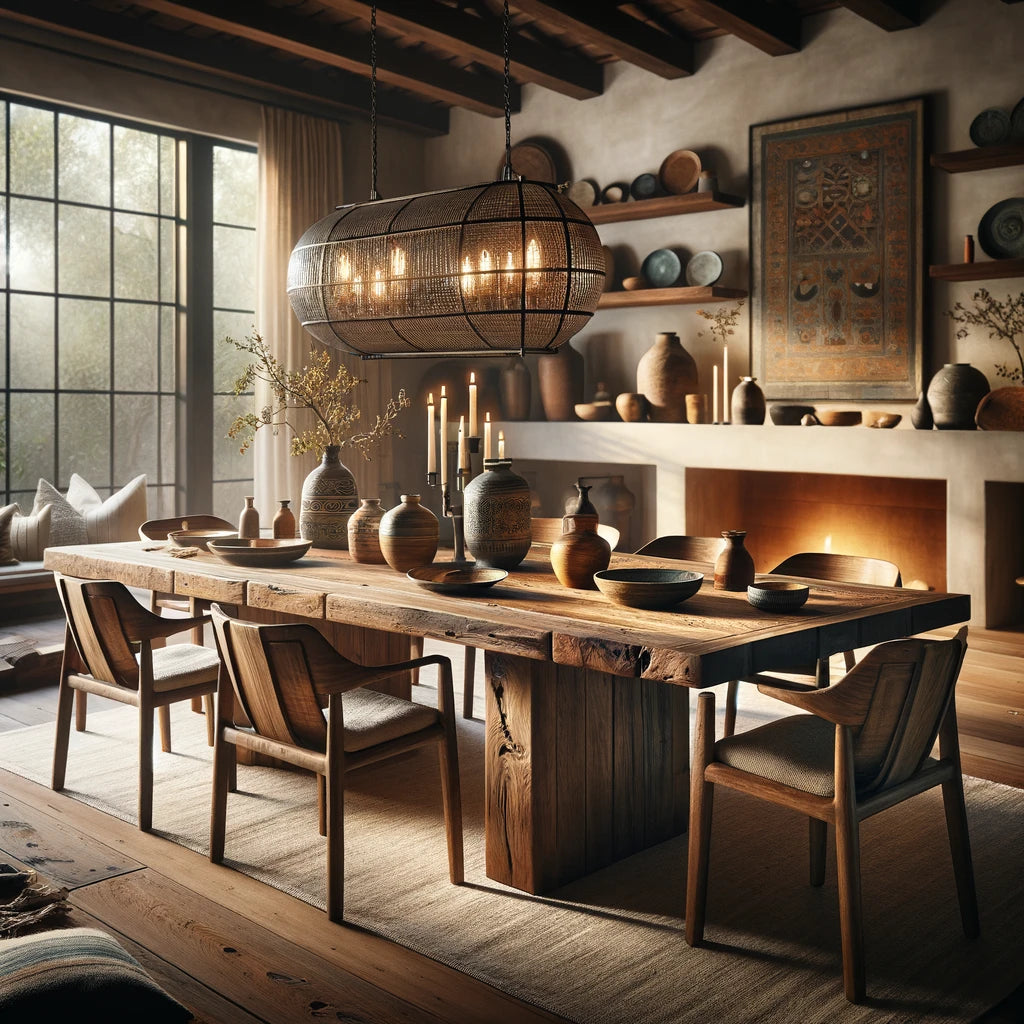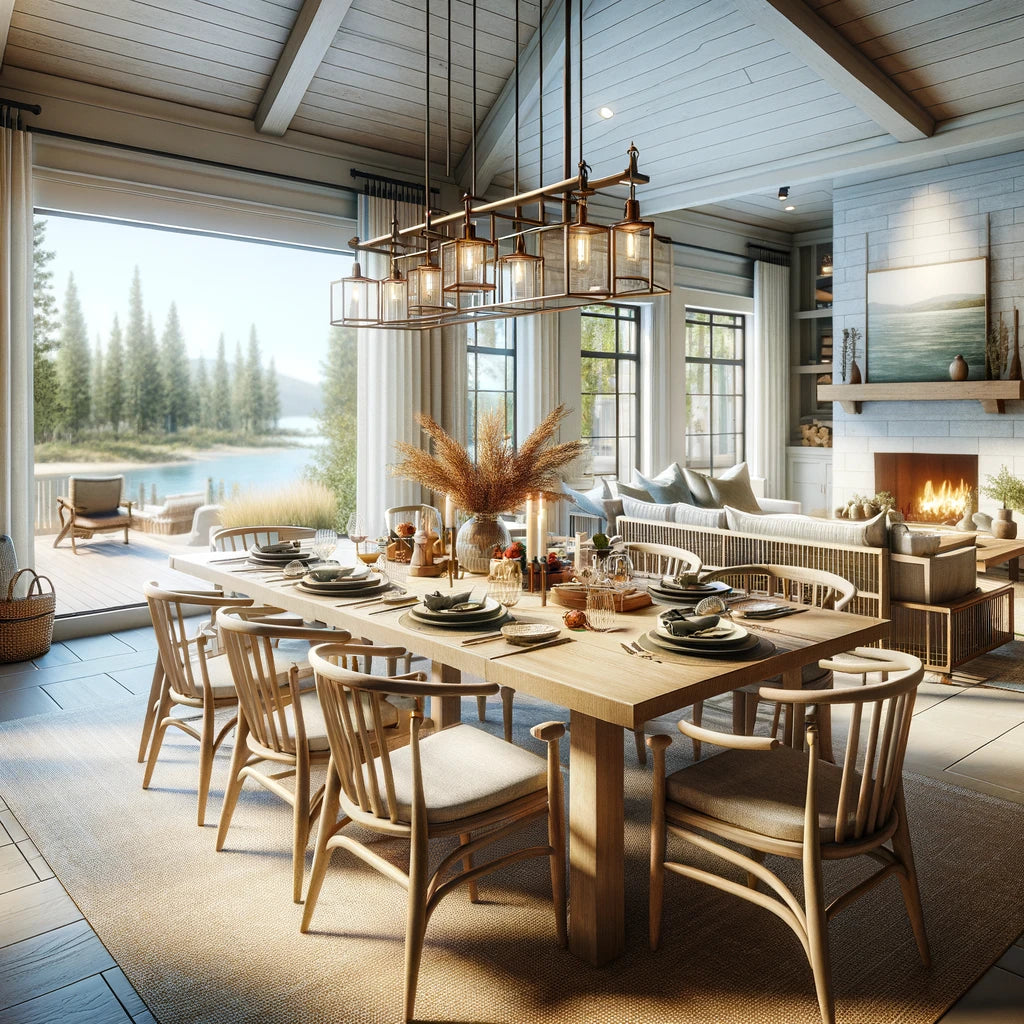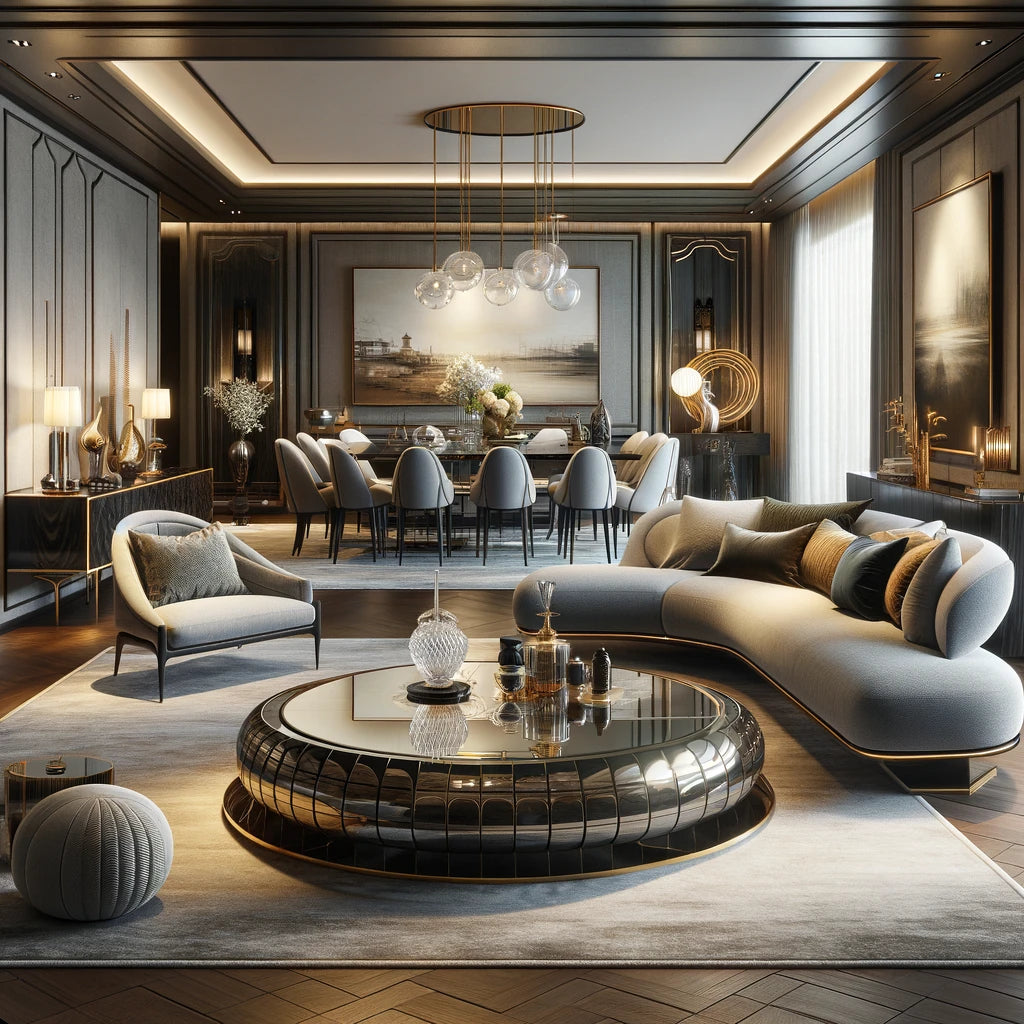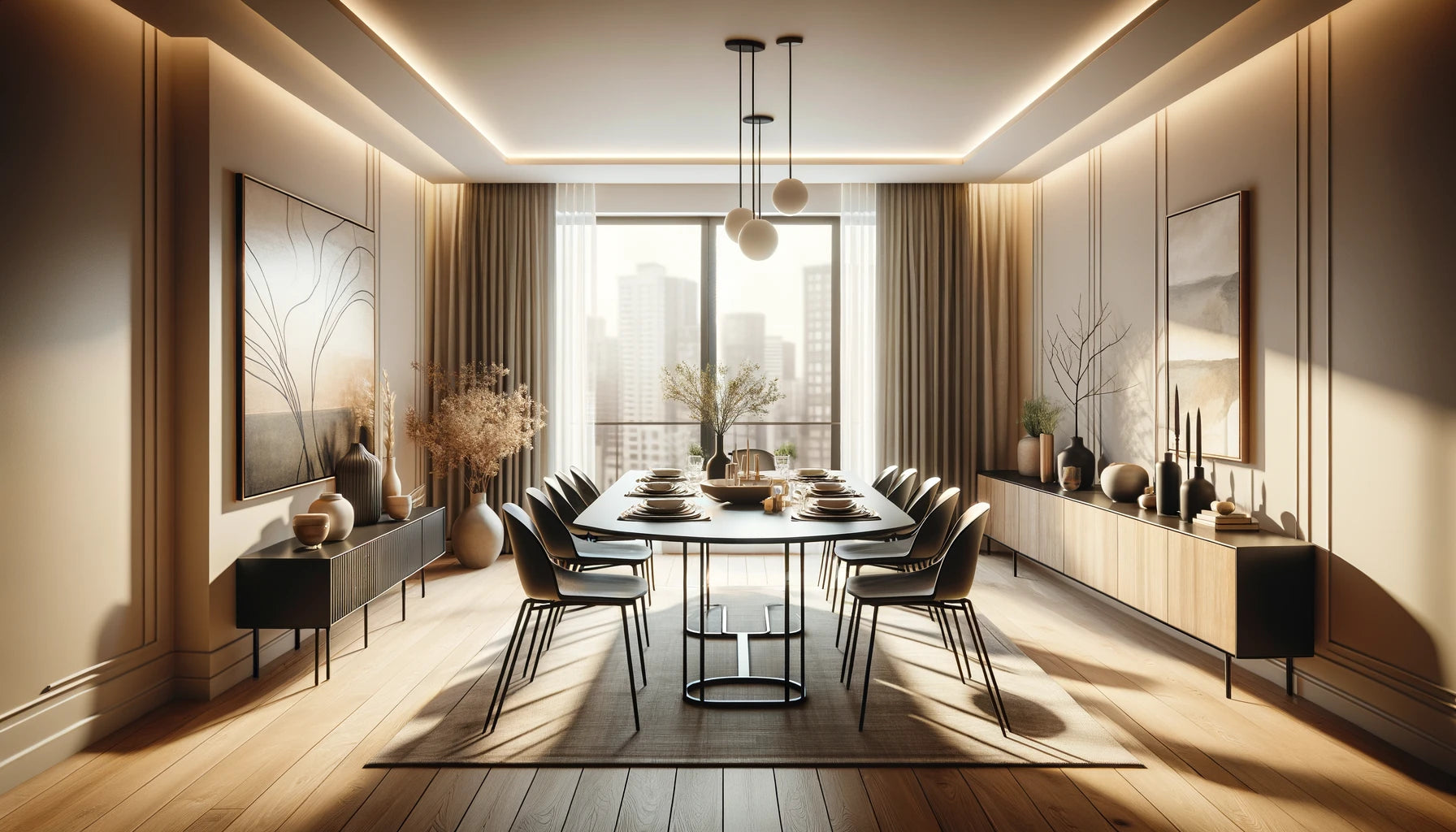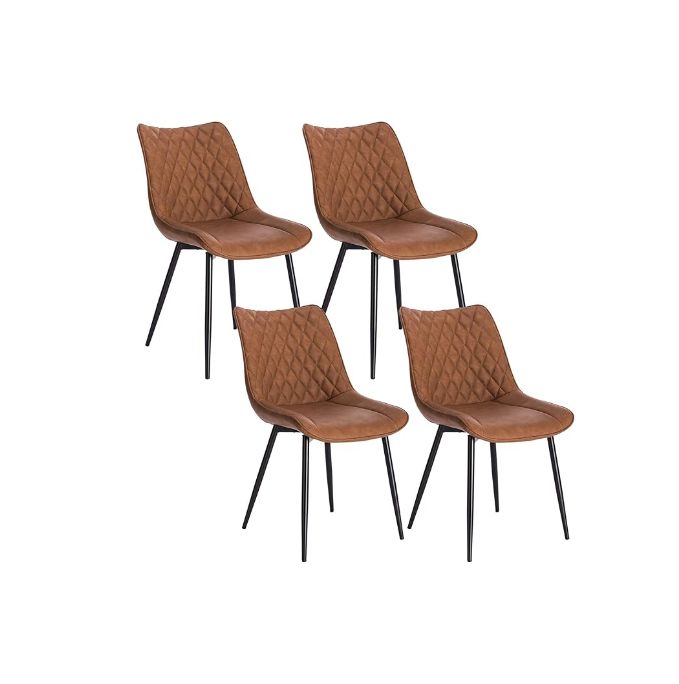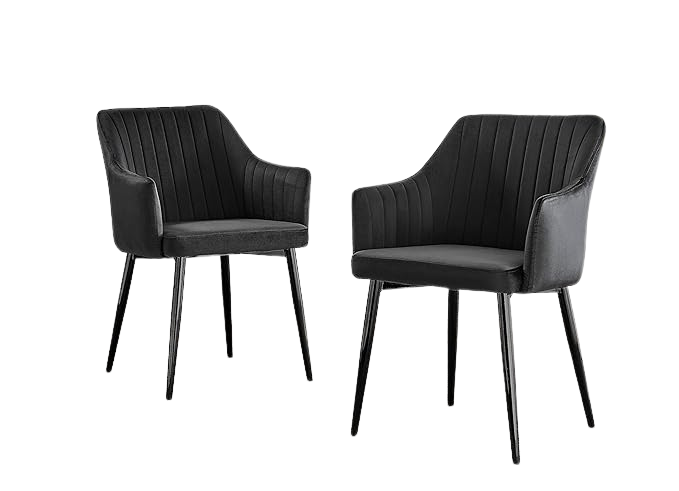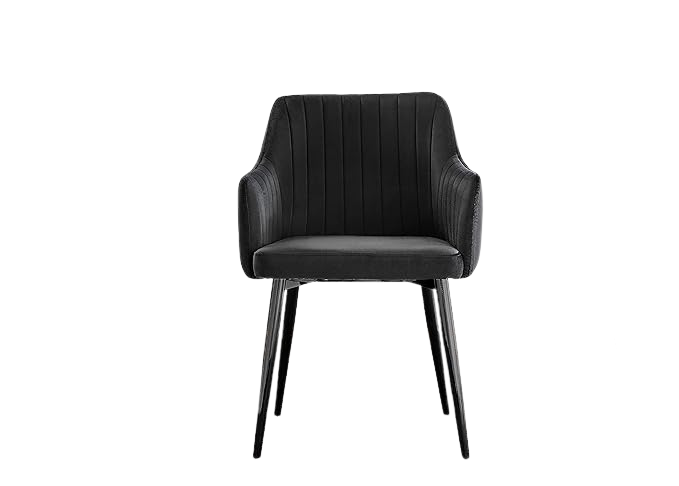The allure of monochromatic design lies in its simplicity and depth. Far from being just a single hue, a monochromatic palette encompasses a range of shades, tints, and tones, offering an expansive canvas to craft interiors with both visual harmony and dynamic appeal.
This blog explores monochromatic design, unveiling how varying shades within one colour can evoke different emotions and atmospheres, from serene and calming to bold and impactful. We highlight the importance of balance and creativity in using a single colour to define spaces that are both aesthetically pleasing and emotionally resonant.

Understanding Monochromatic Palette
The concept of a monochromatic palette in interior design transcends the traditional use of a single colour by incorporating various shades, tints, and tones of that colour. This approach offers a unique opportunity to explore the depth and diversity within a single hue, creating a cohesive yet dynamic aesthetic.
In a monochromatic space, the interplay of different shades can evoke a range of emotions and atmospheres, from calming and soothing to bold and dramatic. The key lies in the careful selection and balancing of these shades. Lighter tints can add a sense of airiness and openness to a room, making it feel more expansive and welcoming. Darker shades, on the other hand, lend a sense of depth and sophistication, often creating a more intimate and cosy atmosphere.
The use of tints and shades also allows for a subtle yet effective way to highlight architectural features or key pieces of furniture in a room. For instance, a darker shade of the room’s primary colour can draw attention to a fireplace or a beautiful piece of artwork, creating a focal point without the use of contrasting colours.
Moreover, a monochromatic scheme can be particularly effective in spaces where you want to emphasise texture and form. Without the distraction of multiple colours, the textures of fabrics, finishes, and materials take centre stage. This can result in a space that feels thoughtfully curated and sophisticated, where every element has a purpose and contributes to the overall aesthetic harmony.

Texture and Material: Bringing Life to Monochrome
In a monochromatic interior, texture is the element that adds vibrancy and depth, preventing the space from becoming monotonous. Different textures can transform a single-colour room into a rich tapestry of visual and tactile experiences. For example, a smooth, matte finish on a wall can be beautifully contrasted with the plush softness of a velvet sofa or the rough, natural feel of a woven rug, all within the same colour family.
The selection of materials plays a significant role in adding character to a monochromatic setting. A blend of wood, metal, and fabric not only contributes to the room's texture but also brings in varying degrees of reflectiveness and warmth. Wood, with its natural grains and warmth, adds an organic, inviting touch. Metal, whether brushed or polished, introduces a modern, sleek edge, while different fabrics, from the sheen of silk to the coarseness of linen, add layers of sophistication.
When used thoughtfully, these materials can create a harmonious balance in the room. For instance, the coolness of metal elements can be offset by the warmth of wood, while the softness of fabrics can add comfort to the clean lines of metal and wood furnishings. This interplay of textures and materials not only enhances the aesthetic appeal of the space but also engages the senses, making the room more inviting and interesting.

Lighting: The Key to Monochromatic Magic
In a monochromatic setting, lighting is not just a functional element; it's a key component in defining the space's mood and character. Natural light, with its shifting intensities throughout the day, can dramatically affect the perception of a single colour. It can highlight subtle variances in hues, giving the space a dynamic quality that changes with the time of day.
Artificial lighting, on the other hand, offers control over the ambiance of the room. Strategic placement of different light sources, such as ambient lighting for overall illumination, task lighting for functionality, and accent lighting to highlight design features, can emphasise the depth and texture within the monochromatic scheme. The colour temperature of artificial lights – from warm yellows to cool blues – also plays a crucial role in altering the appearance and feel of the colour scheme.
Beyond functionality, lighting can be used creatively in a monochromatic room to add visual interest. For example, a patterned light fixture casting shadows on a monochrome wall can create a captivating visual effect, adding a layer of complexity to the room.

Monochromatic Furniture Selection
Selecting the right furniture is a cornerstone of achieving a cohesive monochromatic theme. The key is to find pieces that not only fit into the colour scheme but also add to the room's overall character and functionality. This involves considering the scale, style, and texture of the furniture in relation to the space.
Scale is important in a monochromatic setting. Furniture that is too large can overwhelm the room, while pieces that are too small may get lost in the uniform colour palette. It’s crucial to choose furniture that complements the room’s dimensions, creating a balanced and harmonious look.
Style plays a significant role as well. In a monochromatic room, furniture with distinctive designs can serve as focal points. Sleek, modern pieces can create a minimalist, contemporary feel, while ornate or vintage styles can add a touch of elegance and drama.
Texture variation is also vital in monochromatic furniture selection. Different textures can break the potential monotony of a single-colour scheme. A leather sofa, a wooden coffee table, and a plush rug, all in varying shades of the same colour, can add layers of visual interest and tactile appeal.

Accessorising in Monochrome
Accessorising in a monochromatic design is a delicate balancing act. It's about enhancing the space without detracting from the monochromatic theme. The selection of accessories, whether rugs, art pieces, throw pillows, or decorative items, should add visual interest while maintaining the colour scheme.
Using textures and patterns within the chosen colour can add depth to the space. For example, a patterned rug in varying shades of the primary colour can ground the room, while textured throw pillows add cosiness.
The placement of accessories is also crucial. They should be distributed in a way that draws the eye around the room, creating a sense of balance and harmony. This can be achieved through symmetric or asymmetric arrangements, depending on the desired effect.
Reflective and transparent materials, like glass or metallic finishes, can add a layer of sophistication to the monochromatic scheme. These elements can break up the colour palette subtly, adding a touch of luxury without overwhelming the monochromatic theme.

Conclusion: Embracing Monochromatic Elegance
Monochromatic interior design transcends mere colour choice. It's an artistic endeavour that blends texture, lighting, furniture, and accessories within a single colour palette to create spaces that are both unified and intriguing.
This approach demonstrates that a monochromatic scheme is not about limitations but about exploring the nuances of colour and design. It reveals how a careful selection of shades, textures, and lighting can transform a space into a sophisticated and cohesive environment, where every element plays a critical role in crafting an overall harmonious and inviting atmosphere.


